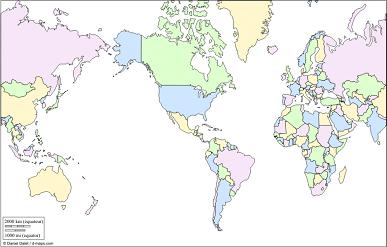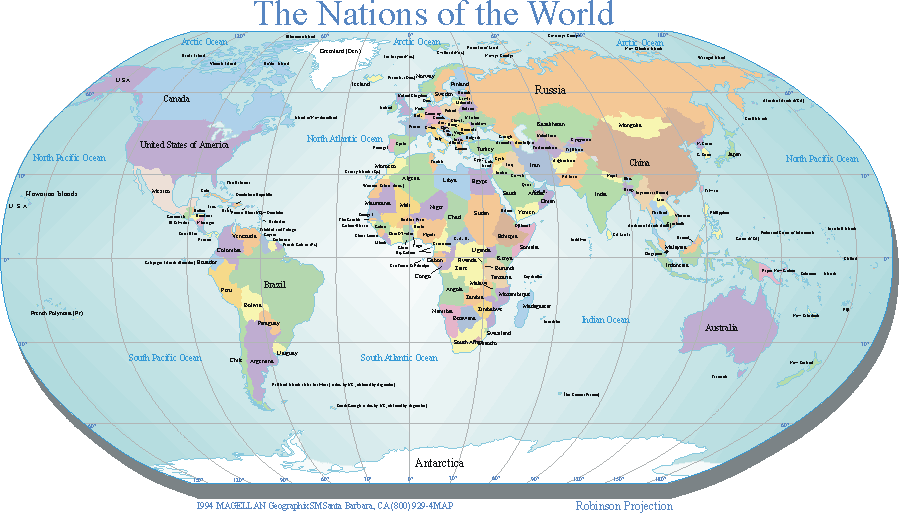Historically, ASCII developed from telegraphic codes. Its first commercial use was as a seven-bit teleprinter code promoted by Bell data services. Work on ASCII formally began on October 6, 1960, with the first meeting of the American Standards Association's (ASA) X3.2 subcommittee. The first edition of the standard was published during 1963, a major revision during 1967, and the most recent update during 1986. Compared to earlier telegraph codes, the proposed Bell code and ASCII were both ordered for more convenient sorting (i.e., alphabetization) of lists, and added features for devices other than teleprinters.
The American Standard Code for Information Interchange (ASCII) was developed under the auspices of a committee of the American Standards Association, called the X3 committee, by its X3.2 (later X3L2) subcommittee, and later by that subcommittee's X3.2.4 working group. The ASA became the United States of America Standards Institute or USASI and ultimately the American National Standards Institute.
The X3.2 subcommittee designed ASCII based on earlier teleprinter encoding systems. Like other character encodings, ASCII specifies a correspondence between digital bit patterns and character symbols (i.e. graphemes and control characters). This allows digital devices to communicate with each other and to process, store, and communicate character-oriented information such as written language. Before ASCII was developed, the encodings in use included 26 alphabetic characters, 10 numerical digits, and from 11 to 25 special graphic symbols. To include all these, and control characters compatible with the Comité Consultatif International Téléphonique et Télégraphique standard, Fieldata, and early EBCDIC, more than 64 codes were required for ASCII.
The committee debated the possibility of a shift key function (like the Baudot code), which would allow more than 64 codes to be represented by six bits. In a shifted code, some character codes determine choices between options for the following character codes. It allows compact encoding, but is less reliable for data transmission; an error in transmitting the shift code typically makes a long part of the transmission unreadable. The standards committee decided against shifting, and so ASCII required at least a seven-bit code.
The committee considered an eight-bit code, since eight bits (octets) would allow two four-bit patterns to efficiently encode two digits with binary coded decimal. However, it would require all data transmission to send eight bits when seven could suffice. The committee voted to use a seven-bit code to minimize costs associated with data transmission. Since perforated tape at the time could record eight bits in one position, it also allowed for a parity bit for error checking if desired. Eight-bit machines (with octets as the native data type) that did not use parity checking typically set the eighth bit to 0.
The code itself was patterned so that most control codes were together, and all graphic codes were together, for ease of identification. The first two columns (32 positions) were reserved for control characters. The "space" character had to come before graphics to make sorting easier, so it became position 0x20; for the same reason, many special signs commonly-used as separators were placed before digits. The committee decided it was important to support upper case 64-character alphabets, and chose to pattern ASCII so it could be reduced easily to a usable 64-character set of graphic codes. Lower case letters were therefore not interleaved with upper case. To keep options available for lower case letters and other graphics, the special and numeric codes were arranged before the letters, and the letter 'A' was placed in position 0x41 to match the draft of the corresponding British standard. The digits 0–9 were arranged so they correspond to values in binary prefixed with 011, making conversion with binary-coded decimal straightforward.
Many of the non-alphanumeric characters were positioned to correspond to their shifted position on typewriters. Thus #, $ and % were placed to correspond to 3, 4, and 5 in the adjacent column. The parentheses could not correspond to 9 and 0, however, because the place corresponding to 0 was taken by the space character. Since many European typewriters placed the parentheses with 8 and 9, those corresponding positions were chosen for the parentheses. The @ symbol was not used in continental Europe and the committee expected it would be replaced by an accented À in the French variation, so the @ was placed in position 0x40 next to the letter A. The control codes felt essential for data transmission were the start of message (SOM), end of address (EOA), end of message (EOM), end of transmission (EOT), "who are you?" (WRU), "are you?" (RU), a reserved device control (DC0), synchronous idle (SYNC), and acknowledge (ACK). These were positioned to maximize the Hamming distance between their bit patterns. With the other special characters and control codes filled in, ASCII was published as ASA X3.4-1963, leaving 28 code positions without any assigned meaning, reserved for future standardization, and one unassigned control code. There was some debate at the time whether there should be more control characters rather than the lower case alphabet. The indecision did not last long: during May 1963 the CCITT Working Party on the New Telegraph Alphabet proposed to assign lower case characters to columns 6 and 7, and International Organization for Standardization TC 97 SC 2 voted during October to incorporate the change into its draft standard. The X3.2.4 task group voted its approval for the change to ASCII at its May 1963 meeting. Locating the lowercase letters in columns 6 and 7 caused the characters to differ in bit pattern from the upper case by a single bit, which simplified case-insensitive character matching and the construction of keyboards and printers.
The American Standard Code for Information Interchange (ASCII) was developed under the auspices of a committee of the American Standards Association, called the X3 committee, by its X3.2 (later X3L2) subcommittee, and later by that subcommittee's X3.2.4 working group. The ASA became the United States of America Standards Institute or USASI and ultimately the American National Standards Institute.
The X3.2 subcommittee designed ASCII based on earlier teleprinter encoding systems. Like other character encodings, ASCII specifies a correspondence between digital bit patterns and character symbols (i.e. graphemes and control characters). This allows digital devices to communicate with each other and to process, store, and communicate character-oriented information such as written language. Before ASCII was developed, the encodings in use included 26 alphabetic characters, 10 numerical digits, and from 11 to 25 special graphic symbols. To include all these, and control characters compatible with the Comité Consultatif International Téléphonique et Télégraphique standard, Fieldata, and early EBCDIC, more than 64 codes were required for ASCII.
 These printable blank world |  printable blank world map |  List of World Maps to Print |  Blank World Map Printable |  Labeled World Map Printable |
 world map printable |  Printable World Maps |  Printable blank world map with |  Printable World Sinusoidal |  world map pictures, world |
The code itself was patterned so that most control codes were together, and all graphic codes were together, for ease of identification. The first two columns (32 positions) were reserved for control characters. The "space" character had to come before graphics to make sorting easier, so it became position 0x20; for the same reason, many special signs commonly-used as separators were placed before digits. The committee decided it was important to support upper case 64-character alphabets, and chose to pattern ASCII so it could be reduced easily to a usable 64-character set of graphic codes. Lower case letters were therefore not interleaved with upper case. To keep options available for lower case letters and other graphics, the special and numeric codes were arranged before the letters, and the letter 'A' was placed in position 0x41 to match the draft of the corresponding British standard. The digits 0–9 were arranged so they correspond to values in binary prefixed with 011, making conversion with binary-coded decimal straightforward.
 printable-world-map |  Print Map Printable Version |  Outline map of the world |  Printable world map images, |  Printable World Map |
 Printable World Robinson |  Printable World Map #13 |  Printable Blank World Map |  World Time Zone Map |  Printable World Maps |
No comments:
Post a Comment